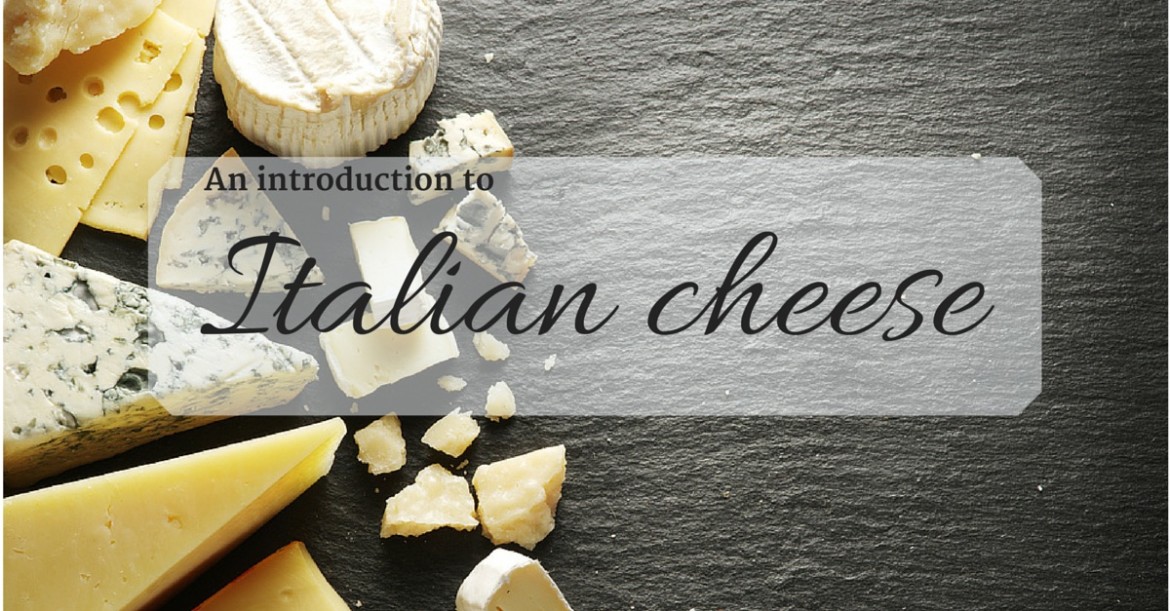- Tomatoes: A Taste of Summer - July 26, 2017
- The International Origins of Pasta - July 12, 2017
- A History of Italian Americans in Salt Lake City - June 29, 2017
Gooey, stretchy, creamy and perfectly melted are a few of the words that come to mind when we think of our favorite cheese. Most would agree that a high quality cheese topping is like the icing on an authentic Italian entree. With so many cheeses to choose from, it’s easy to forget which cheese pairs well with each dish and why. Join us, please, as we visit the making and pairing of popular Italian cheeses.
Mozzarella
This is one of the most common varieties of cheese to be used in Italian cuisine. It’s easily recognized by the high moisture content, creamy white color and semi-soft texture. Like many other daily products, it is made using a “starter culture” from the previous bath to ensure the highest quality finished product. Cheese makers traditionally knead the cheese by hand and add culture to the mix until the pH reaches 5.2 to 5.5. At this point, the cheese will melt consistently to produce the classic stretch that is associated with a great slice of pizza. A creamy, mild flavor and smooth mouth feel make mozzarella cheese a perfect pairing with basil and tomatoes in an antipasto platter. Melon and prosciutto are also a great pairing for this cheese in its freshest state.
Parmesan
This hard, granular variety is often referred to in Italian cooking as the “King of Cheese”. It starts off as whole, unpasteurized milk and with a mixture of lactic acid and calf rennet added, get placed in a wheel shaped mold and goes into a salt brine for several days. This adds a unique flavor compound and hardens the rind of the cheese that we see in our mega marts. This is the cheese that is commonly grated over pasta dishes, shaved into thin slices on top of salads or stirred in as a finishing touch to soups. There are very few foods this cheese doesn’t pair well with.
Asiago
This is one of those cheeses that changes substantially as it ages. Regardless of the variety, its starts the same way. Fresh cow milk is heated gently and specific cheese enzymes are added as the mixture begins to coagulate. It’s then hand kneaded and broken down into tiny particles for the next step. The next step is determined by the desired variety and can be a soft, buttery finished product or amber colored with a bitter and slightly spicy taste to it. The fresh, soft cheese is usually served sliced on panini sandwiches while the longer aged version is especially tasty with pasta dishes.
Ricotta
Ricotta is translated into the term “recooked” which accurately describes the production process of this smooth, slightly sweet, spreadable cheese. The proteins that are left over from other cheese making batches is allowed to become acidic by sitting at room temperature for somewhere between 12 and 24 hours depending on the conditions. These milk proteins are then heated until a lower pH mixture forms. This is a versatile cheese that can be used to enhance the texture of lasagna and provide a smooth creaminess to popular Italian desserts.

